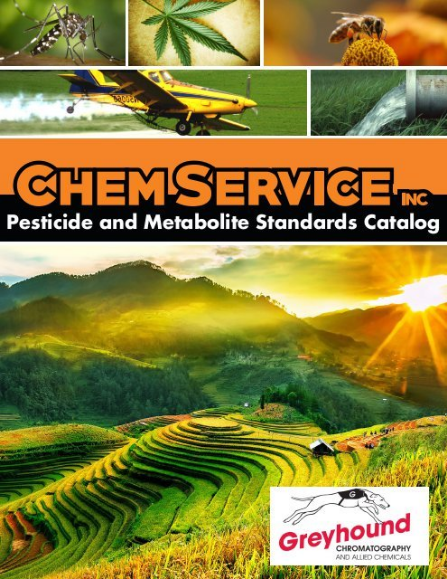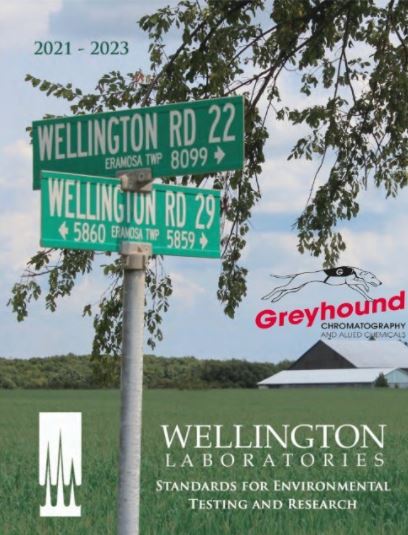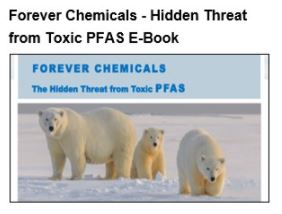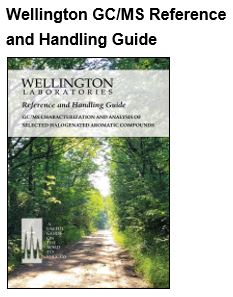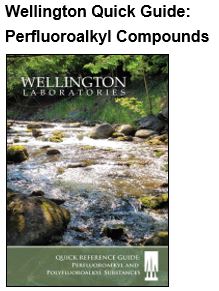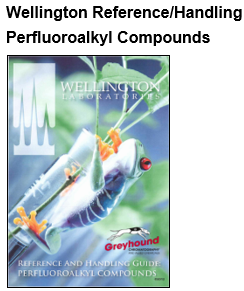Insecticides for Rice
![]()
Rice is one of the oldest cultivated foods in the world. According to the University of Minnesota, the first rice might have been farmed as long as 10,000 years ago. Rice artifacts have been found dating back to 3,000 B.C. and historical documents have been found mentioning rice. Since its earliest days in Southeast Asia, rice has grown throughout the region and the world, with varieties farmed in Africa, South America and the U.S. It remains a massively popular and inexpensive food staple in a number of cultures.
But, one of the only ways to keep this crop profitable and meet the massive demand is to fight off potential pests with chemicals people didn't have 10,000 years ago. In addition to weeds and fungi that can harm rice, insects can disrupt the natural ecosystem and eat the crop out from under the farmer.
Common Rice Pests
The University of Minnesota explained that there are several types of insects that can hurt a farmer's yield. Termites and rice water weevils kill the crop by eating the plant's roots, while "stem borers" feed on the rice's shoots as they grow. Others pests, like grasshoppers, beetles and leafhoppers can attack and damage the leaves of the plant, making it difficult for the rice to ever get to the point of grain production.
There are also planthoppers that feed off the base or stem of the plant, as well as grain sucking insects like stink bugs that actually feed off the rice grain itself, stunting its growth permanently and reducing yield. These pests don't just damage the plant physically but can also give the crop diseases and viruses.
Popular insecticides
To keep some of the most damaging pests in the region at bay, farmers turn to broad- and narrow-spectrum insecticides to keep crop production high. The University of California Agriculture and Natural Resources pointed to common pesticides used on rice, although the chemicals may vary by location.
Carbaryl (1) is a long-lasting, broad-spectrum pesticide that kills both insects and certain other invertebrates. Copper sulfate pentahydrate and diflubenzuron (2) are narrow-spectrum pesticides that have a moderate duration impact, lasting between a few days and two weeks. Lambda-cyhalothrin, (3) malathion (4) and zeta-cypermethrin (5) are all broad-spectrum pesticides used on rice. Zeta-cypermethrin is better known as Mustang, while lambda-cyhalothrin is sold as Warrior.
(1) Carbaryl is also known as 1-Naphthyl-N-methylcarbamate; Sevin®; Arylam®;
(2) Diflubenzuron is also known as Dimilin®; 1-(4-Chlorophenyl)-3-(2;6-difluorobenzoyl)urea;
(3) Lambda Cyhalothrin is also known as Karate®; Commodore®; Matador®; Icon®;
(4) Malathion is also known as S-[1.2-Dicarbethoxyethyl]-O.Odimethyl-dithiophosphate; Cythion®; Phosphothion®; Malathon®; Malathiozol®; Malathiozoo®; Malaspray®; Chemathion®;
(5) Zeta-cypermethrin is also known as Fury®; Mustang®; (+)-alpha-Cyano-3-phenoxybenzyl 2;2-dimethyl-3-(2;2-dichlorovin;
(6) Piperonyl Butoxide is also known as Butacide®; Butoxide®; 3.4-Methylene-dioxy-6-propylbenyzl n-butyl diethylene glycol eth;
(7) Permethrin is also known as [3-Phenoxyphenyl] methyl-[]-cis;trans-3-[2.2-dichloroethenyl]-2; Ambush;
(8) Propiconazole is also known as 1-[2-(2.4-Dichlorophenyl)-4-propyl-1.3-dioxolan-2-ylmethyl]-1H-1; Propiconazole;
When it comes to chemicals that persist on the food after it's harvested and sold, some pesticides remain. What's On My Food has piperonyl butoxide (6) and MGK-264 as the top two chemicals found on rice at 16.2 percent of food tested and 8.7 percent respectively. Malathion, permethrin (7) total and propiconazole (8) rounded out the top 5, each at less than 2 percent.
Chem Service has over 2,000 Pesticide and Metabolite Reference Standards.
CONTACT US
Tel: +44 (0) 151 649 4000
Email: marketing@greyhoundchrom.com
FOLLOW US
YOU MAY ALSO BE INTERESTED IN OUR NEWSLETTER


